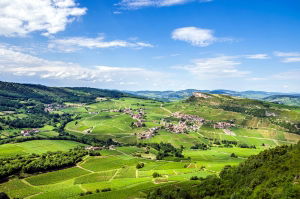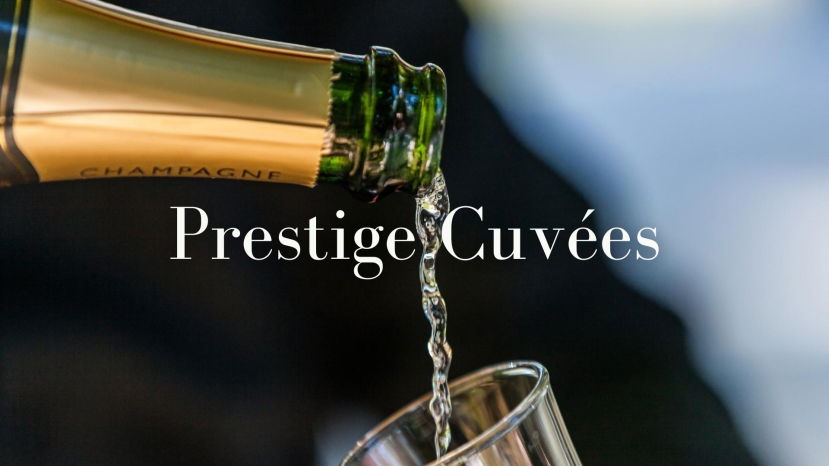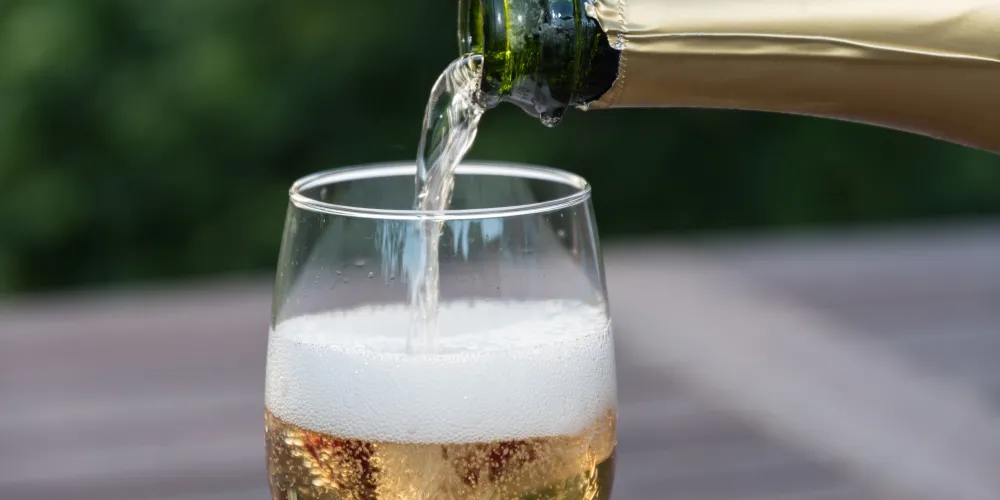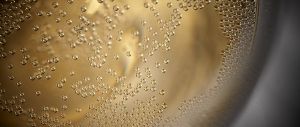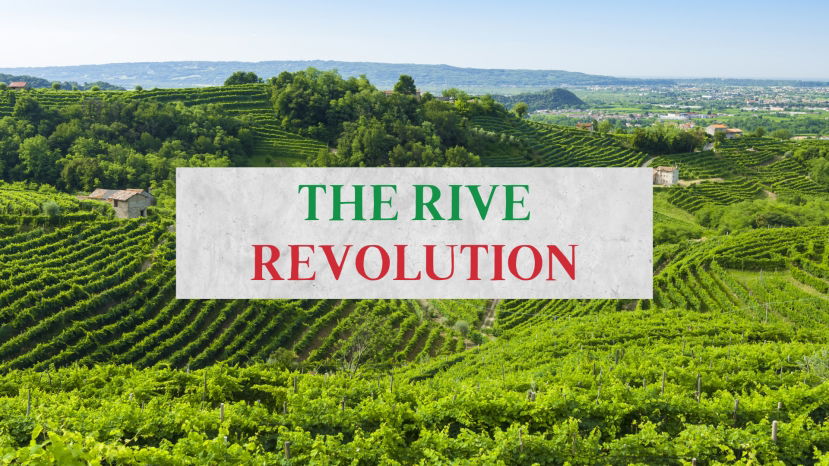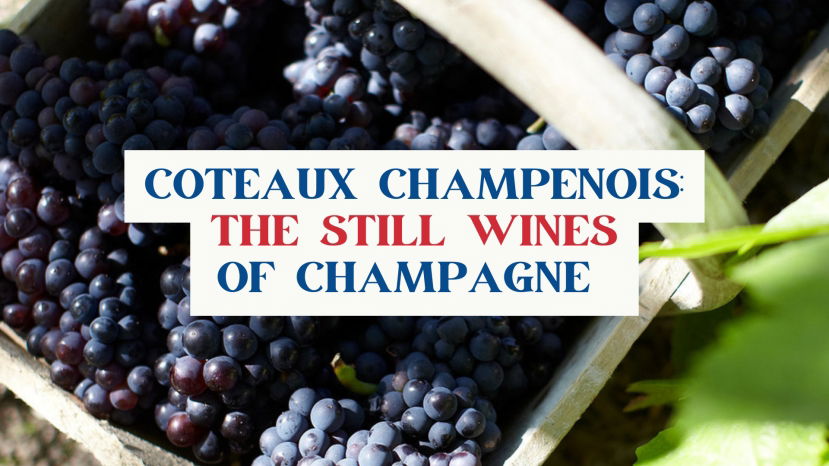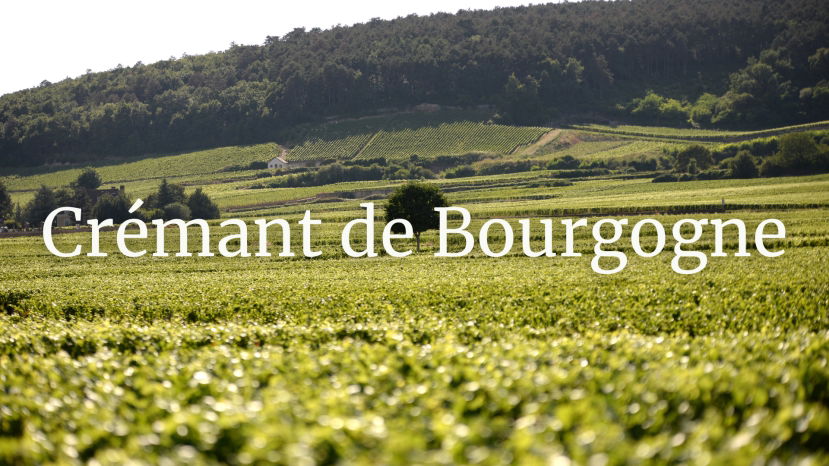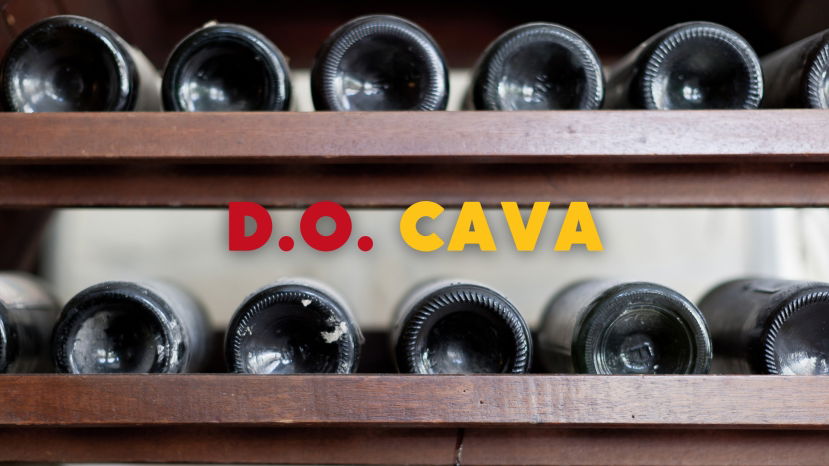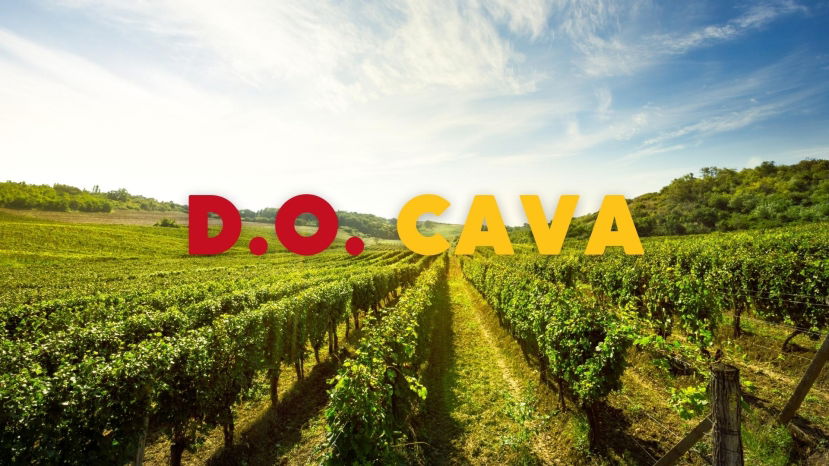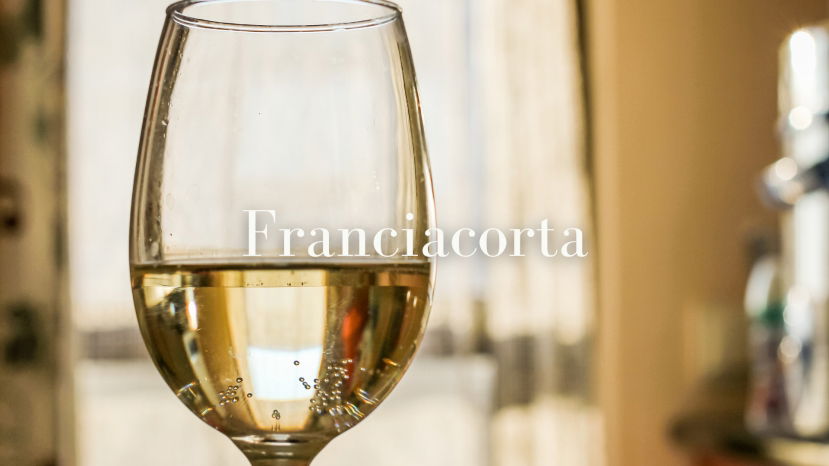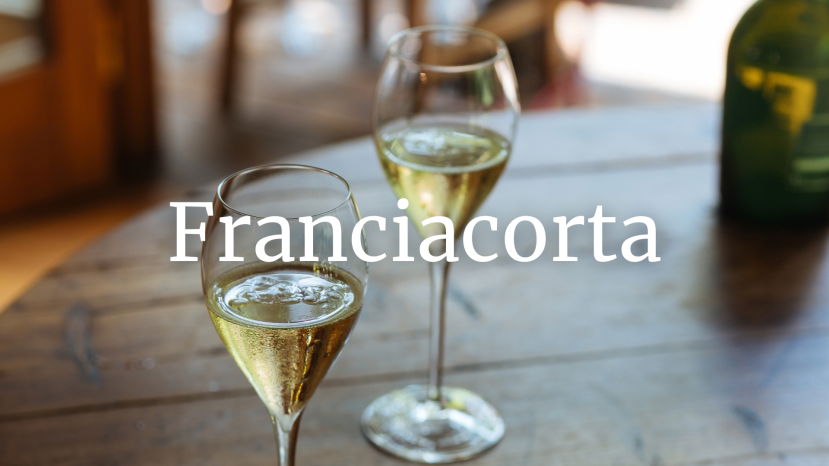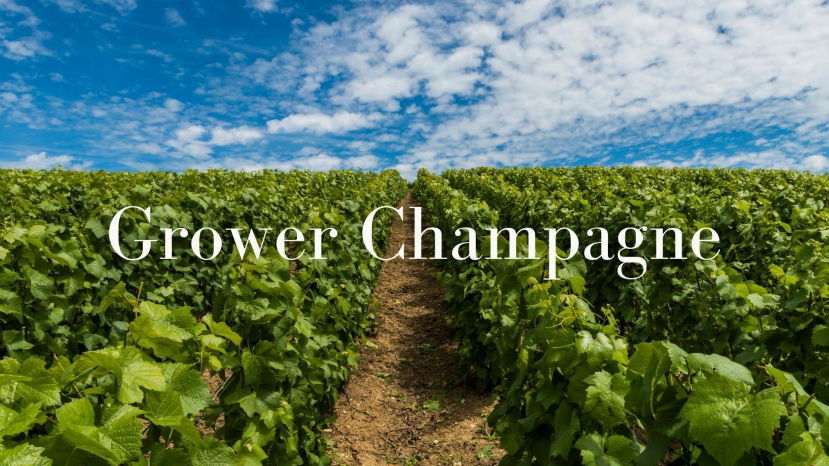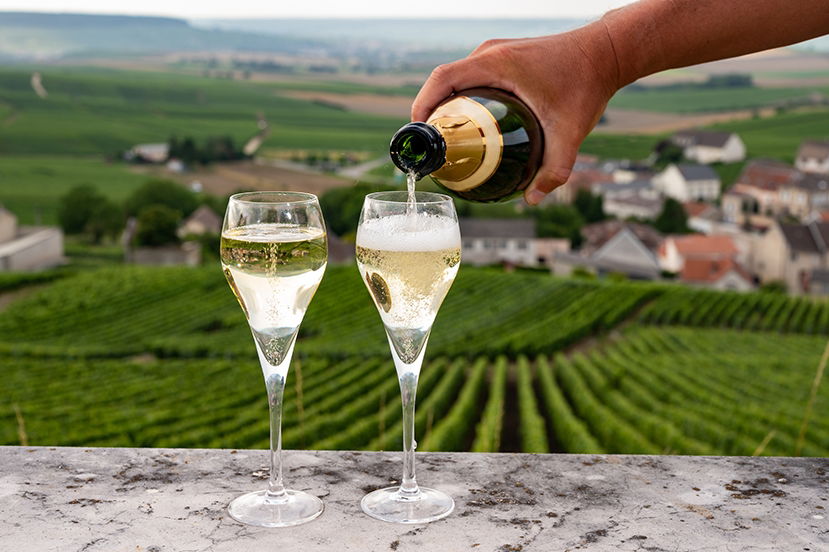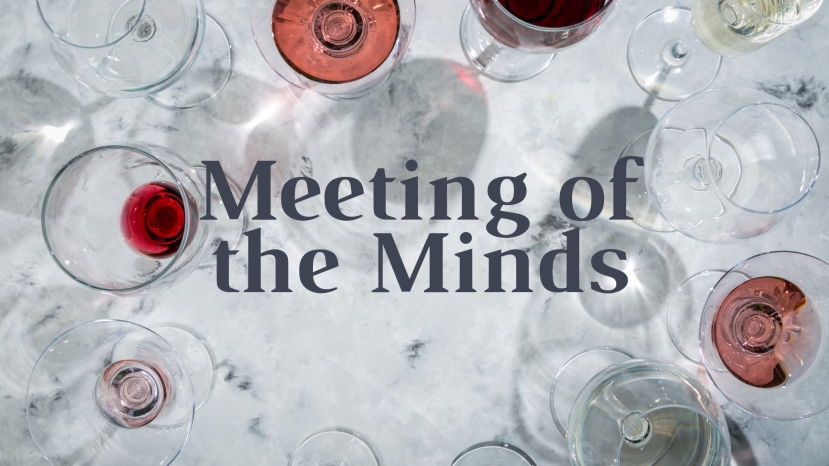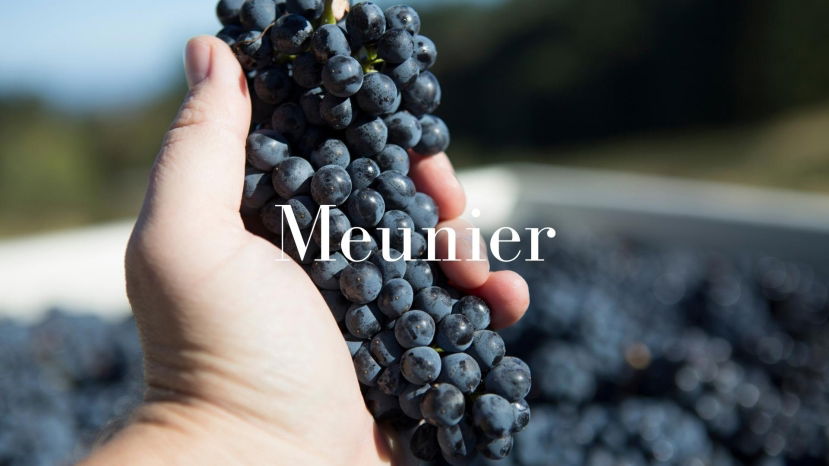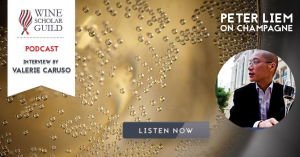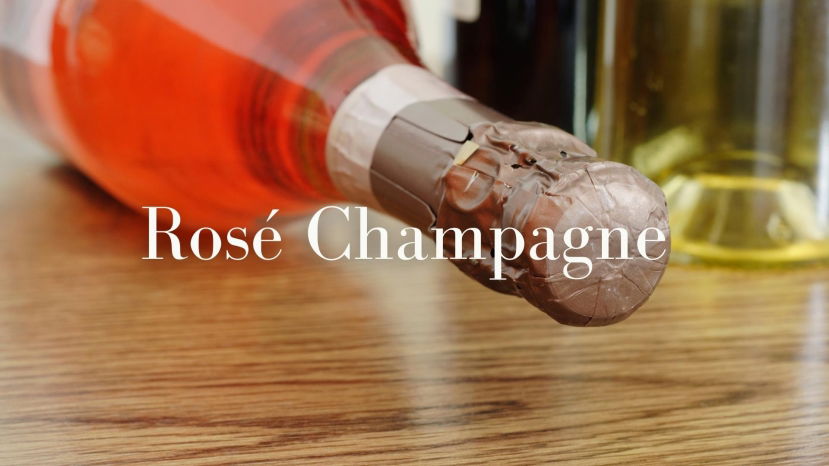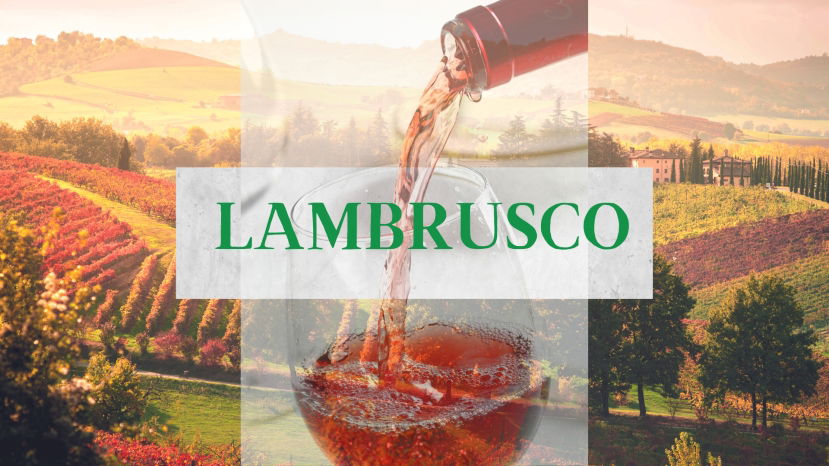BLOG
Champagne
The white wines of France offer unrivaled perfection. With few exceptions, every vineyard growing white grapes is so planted not because reds won’t grow well there, but because whites will flourish. France’s white wines are not an afterthought or a consolation prize. These are vinous treasures worth exploring.
Most wine lovers live to eat, so at best wine tourism is also a gastrotourism. The restaurant scene is Champagne is not quite as bubbly as the name suggests, but thanks to champagne houses’ entertaining and champagne tourism, the region has many fine restaurants: L’Assiette Champenois with three Michelin stars, Les Crayères and Racine with two stars and a handful of one-star places. Outside the top restaurants, the local cuisine is rather traditional, so do not expect gastronomic triumphs all around. It is worthwhile getting to know the best places in advance. Here are my 10 favourite addresses around Reims and Epernay.
Summary:
In Champagne, the term prestige cuvée refers to a special selection from a producer that represents a very high quality, in most instances, their finest cuvée.
Some are vintage dated, while some are not, but a signature of each producer that makes a prestige cuvée is the luxury aspect of marketing these products.
Packaged in eye-catching,
Champagne, Fizz, Bubbles, Traditional Method or Cap Classique… all these names are synonymous with one thing, great tasting sparkling wines made in the traditional way.
A BIT OF WINE CHEMISTRY: Lessons from Champagne
Day one of the Champagne study trip initiated a discussion which continued throughout the week of factors impacting aromas and flavors in champagne. Broadly, aromas can be categorized into the impacts of grape variety, terroir, vinification, and post-production events (influencing individual bottles versus entire “batches”).
This article will focus upon the biochemistry of sulfur, nitrogen, oxygen, and sugars in an acidic environment (esters arising from acidification of alcohol); the intent is not intended to be comprehensive. For purposes of this essay, the use of the word aroma will include the complex notes of aging characterized as “bouquet.”
“Although many efforts have been made to characterize the quality and flavor of the compounds in wine… tasting remains the single universal test used… This is because the taste of a molecule, or blend of molecules, is constructed within the brain of a taster.” F. Brochet and D. Dubourdieu, 2001
Summary
For centuries the maisons, caves and cellars of Champagne have been laboratories where experiments and innovations have created and refined the Traditional Method. It is now highly specified but with many opportunities for each maker to create something distinctive and special.
Summary:
In 2009 Prosecco was re-mapped in sweeping changes that created an extensive new zone for the production of Prosecco DOC on the plains of the Veneto and Friuli-Venezia Giulia and elevated the traditional hillside growing areas of Conegliano Valdobbiadene to DOCG status, Italy's top denomination.
One of the innovations of the revised "Disciplinare di Produzione" ('production norms') of the DOCG was the categorization of the sub-zones called "Rive" which are
Summary:
The eyes of the Champenois are turning increasingly towards their Burgundian neighbors. As a result of the increase in focus on terroir winemaking and rise of new-wave grower champagnes, still wine making is on the rise. Climate change is contributing, and especially the 2018-2020 trilogy of warm vintages has ignited excitement amongst both growers and houses. Master of Wine Essi Avellan gives an introduction to the still wines of Champagne. In
Summary:
Crémant de Bourgogne is the 3rd largest AOC in volume in Bourgogne after Chablis and Mâcon AOCs, comprising around 11% of the region’s wines.
While it is generally considered a ‘modest appellation’, it was not always as such. Bourgogne’s ‘mousseux’ wines were amongst the most prized and sought-after in the region in the 19th century and the beginning of the 20th. This webinar
Summary:
This WSG Live will provide an overview of the latest developments within the D.O. Cava and the efforts of the appellation to increase and protect the quality and reputation of the Cava brand. We will further examine the latest updates regarding the quality classification system and labelling as well as the D.O.’s advancements in terms of sustainability.
Presenter: Nicoletta Dicova
Born in Bulgaria and educated in Italy Nicoletta holds a master's degree
Summary:
Rick's Pick: Join DO Cava President Javier Pagés as he explains the numerous changes happening in one of the world’s most important sparkling wine regions.
Cava is synonymous with excellence, and its high standard is achieved thanks to the authenticity guaranteed by the traditional method elaboration process. This 2021 is full of new challenges,
Summary:
Contrary to popular belief Franciacorta is not a new wine region in fact wines have been produced in this region since the sixteenth century. However, the modern history of the region began in 1961 with the production of the first sparkling wine in the region by Franco Ziliani, winemaker at the Guido Berlucchi winery.
The popularity of these wines attracted the attention of
Summary:
“We keep moving forward, opening new doors, and doing new things because we’re curious and curiosity keeps leading us down new paths.”
Summary:
Although American by nationality, Peter Liem lives in the Champagne region, in the small and charmingly named village of Dizy, just behind the Gaston Chiquet estate and down the road from Jacquesson. He is one of only a few professional wine writers to actually live in Champagne, and among these, the only one to write in the English language. This proximity gives him an unusual perspective on the region, its people and its wines, especially as a foreigner. Given his
North vs. south
For over a century, the unanimity of the Champagne region has been called into question. Separated by departmental lines (départements being administrative regions in France), the Côte des Bar in the southern Aube department was often considered as that distant cousin who always embarrasses themselves at parties. The big houses of “mainland” Champagne in the northern Marne department did indeed buy loads of grapes from
Summary:
Champagne specialist Essi Avellan MW hosts a live discussion on the latest trends in Champagne and the outlook for the region's future. Her prestigious panel will be covering a broad range of trends from vineyards to wineries as well as business. She will be joined by cellar master Cyril Brun of the prestigious house Charles Heidsieck, Vallée de la Marne Meunier specialist
Summary:
Meunier has always been somewhat marginalized in Champagne despite the fact that it occupies a third of the territory under vine. Many Champenois consider it mere filler to bulk up the ‘star players’ Pinot Noir and Chardonnay, while for others the late-budding early-ripening variety represents little more than an insurance policy against frost.
But Meunier has its own unique
Peter Liem talks with us about the progressive movement in Champagne. As we’ll discover in this conversation, there’s more to the terroir story than the chalk soils and the weather.
Summary:
Rosé champagnes have been around since at least 1764 and today represent a tenth of champagne sales. There is huge variation and some controversy to them. Colors vary from the palest blush to depths approaching red wine tones. Many perceive them as simple quaffing bubbles but some of Champagne’s finest, most age-worthy and prestigious wines are pink. Essi Avellan MW gives us an indepth introduction to the world of
Summary:
Lambrusco has a bad rap. Many wine drinkers dismiss it as simple sweet commercial fizz. And perhaps much of it was when it made its international debut in the 1960s and ‘70s. But that was a long time ago. And there’s much more to Lambrusco than many are aware.
In this webinar we will investigate the ancient origin of the Lambrusco family of grapes in an atypical growing area in the Po River valley, focusing on three of the most important, site-specific
Page 1 of 2
- 1
- 2

